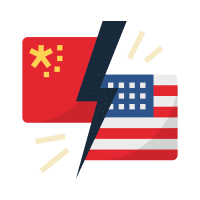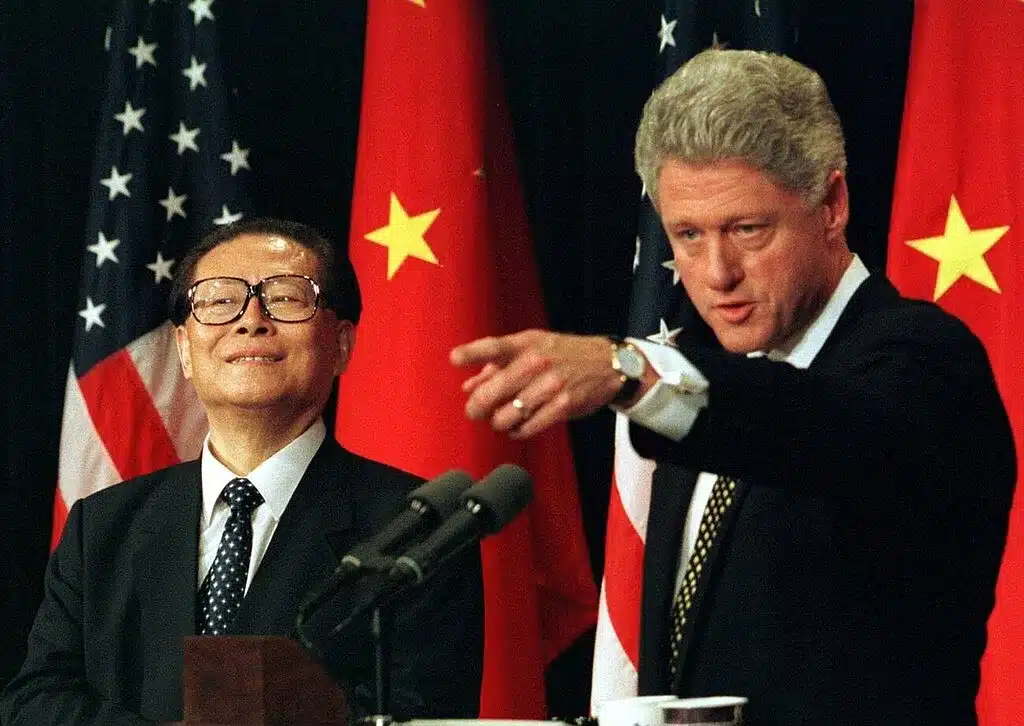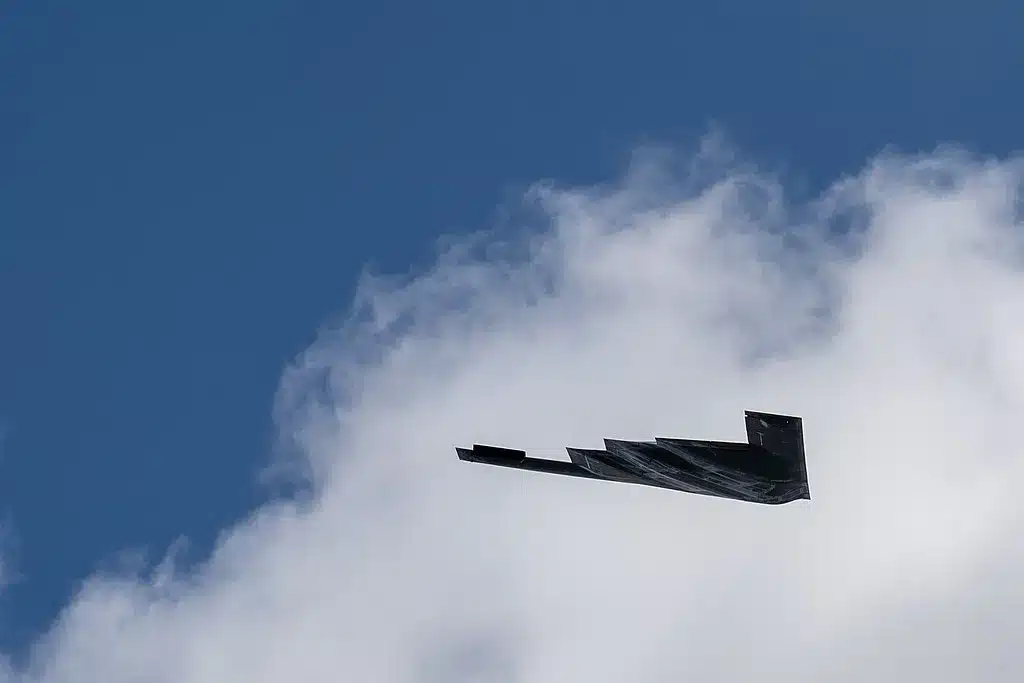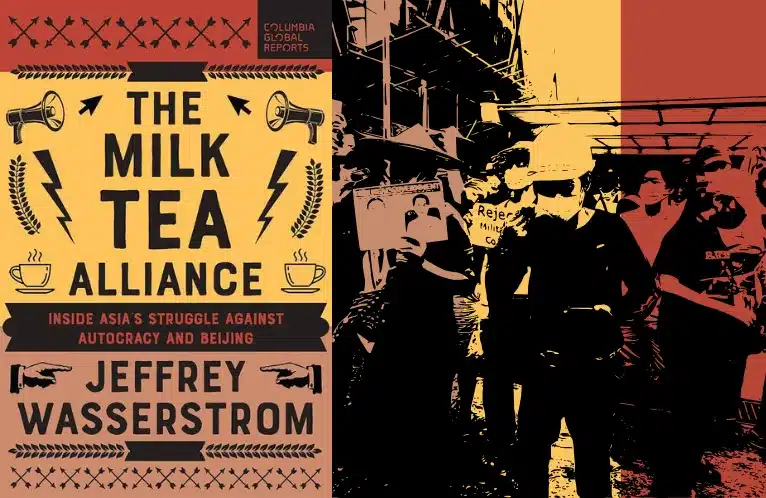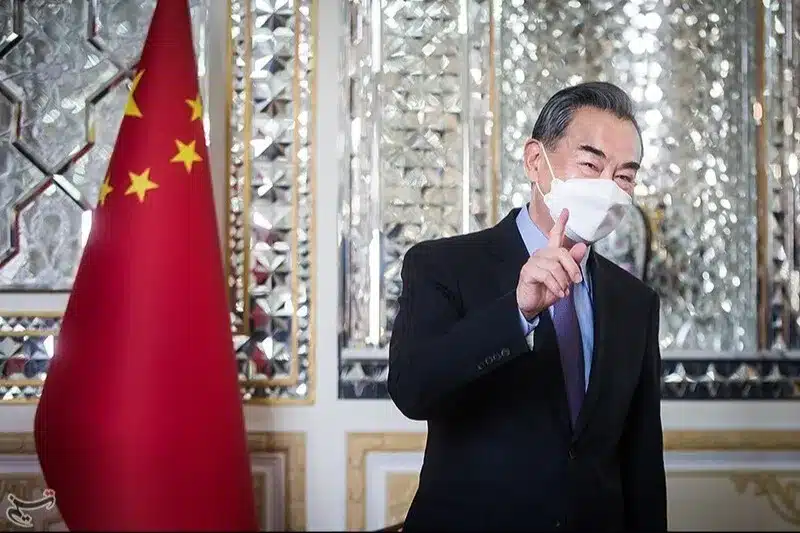China, the U.S. and the Coming Taiwan Transition
Chinese President Xi Jinping is a man in a hurry, presiding over a system that normally resists rapid change. The latest example is a rushed and massive reorganization and slimming of the People’s Liberation Army (PLA), announced on September 3 and expected to be inaugurated, though not completed, as fast as by January 1, 2016.
Ambitions such as this one for the PLA may be part of what lies behind the extraordinary tactical readjustments of Chinese foreign policy over the past year. After two major conferences on Chinese foreign policy presided over by Xi in 2013 and 2014, China’s post-Olympic, post-global financial crisis period of assertiveness toward its neighbors and the United States has morphed since last autumn into fence mending and economic courtship. Some might call it a tactical retreat. I call it a counterbalance to the American rebalance; that is, Beijing’s efforts to reduce opportunities for the U.S. to build influence on China’s periphery.
For example, Beijing has resisted over-reacting to a U.S. freedom of navigation challenge in the South China Sea, coming not long after Xi’s state visit to the U.S. And China has positively responded at least procedurally to a U.S. initiative to combat cyber theft. China muted its “principled” negative reaction to a U.S. arms sales package for Taiwan that was announced in December, after the U.S. sized the package to avoid provocation. Tensions are down with Japan in the waters around the Senkaku/Diaoyu islands in the East China Sea. Xi has swallowed hard and met with Japanese Prime Minister Shinzo Abe twice and permitted Premier Li Keqiang to attend a trilateral with Japan hosted by South Korea.
Moreover, after a surge of land filling in the South China Sea this past summer, Xi has moved to lower diplomatic temperatures, attending the Philippines’ hosted Asia-Pacific Economic Cooperation leaders’ forum in Manila, and avoiding new tensions with Vietnam. Emblematically, the Communist Party graciously hosted Myanmar democratic leader Aung San Suu Kyi in Beijing after decades of giving her a cold shoulder.
Parallel to this spate of tension reductions, China has launched substantial initiatives known as the One Belt, One Road projects to deepen infrastructure cooperation with China’s immediate neighbors and beyond. Beijing created the new Asian Infrastructure Investment Bank to begin to meet the region’s infrastructure financing needs. China is not going to make allies of these skeptical neighbors, but it may make them think harder about choosing, for example, to side with the United States when China takes a different position.
I term this tactical shift around China’s periphery “Beijing’s counterbalance” to the Obama administration’s “rebalance” or “pivot.” The U.S. made diplomatic and security inroads in China’s neighborhood after China grew uglier and assertive in the post-2008 environment. China’s neighbors generally wanted a greater U.S. presence (excluding Vladimir Putin’s Russia). Myanmar’s effort to loosen China’s grip is a good example, as it turned away from China to democracy and the United States. Xi Jinping seems to have taken stock and decided China can do better.
Such a reevaluation would comport with Xi’s other needs as well. The vast economic and other reforms proposed in the Third Plenum of 2013, including the reorganization of the PLA, a nationwide anti-corruption campaign, achieving the “China Dream,” and doubling the GDP, would all call for a calm external environment. From a Chinese perspective, China can afford to get its act together at home now and emerge the stronger for it to deal with foreign policy matters later.
Taiwan
It is in this light that I view the meeting between Xi Jinping and Taiwanese President Ma Ying-jeouon November 7 in Singapore. It is consistent with seeking to manage the sources of tensions on China’s periphery while Beijing deals with higher priority issues such as corruption and economic and military reform at home. It has the additional benefit of displaying the Chinese leader’s professed self-confidence and principled position for dealing with what he might view as unwanted trouble coming his way from Taiwan’s internal politics.
The impending elections in Taiwan have the potential to lead to strains at all three corners of the Taiwan-U.S.-China triangle for the first time in over seven years. Parallel interests in all three leaderships do not fundamentally clash, leaving space for careful and creative management of the Taiwan political transition. But there is enough suspicion and mistrust across the Taiwan Strait that a vicious circle of action and reaction cannot be ruled out and probably should be subject to active policy prevention.
It is important at the outset to note that the policy objectives of all three capitals in some way call for the maintenance of peace and stability across the Taiwan Strait. For the U.S. government, this should form the core of its private and public messaging as events unfold. Steadiness will be required as both Beijing and Taipei will seek to manipulate Washington into helping each to restrain, cajole, or mollify the other. If the U.S. does not grasp and establish its own principled position from the outset, it risks entrapment by events. That position starts with the formal and almost ritual adherence to the three Sino-U.S. communiques and the Taiwan Relations Act (TRA), but it may have to adapt quickly to changing circumstances.
Assuming the overwhelming results of Taiwan’s polls have not misled us, Tsai Ing-wen is likely to win the presidency. Once that occurs, Beijing will look for public indications that she has taken seriously China’s repeated warnings that the basis for continued cross strait cooperation lies in an acknowledgement of the concept of “One China,” however formulated. (It is still theoretically possible though unlikely that Tsai’s opponent, Chu Li-luan, could win, and if the polls shift in his direction, more could be said on that possibility, but not now.)
Due to the anomalies of Taiwan’s Republic of China constitution and election timetables, Tsai may be elected on January 16, but will have a four month interregnum before taking office on May 20. President Ma Ying-jeou will be formally responsible for policy until then, including of course on sensitive cross-strait issues, despite the public’s evident repudiation of his record.
At the same time, the Legislative Yuan elections will produce a newly elected body that will legislate during the interregnum and beyond. Polls and the unique Taiwan electoral system make it difficult to predict which party will gain the upper hand, if any. And it matters.
If the Kuomintang (KMT) retains the majority, despite public sentiment swinging strongly against it, Tsai Ing-wen will have a challenging environment to manage, leveraging popular opinion against a determined opposition to enact some of her initiatives. If her Democratic Progressive Party (DPP) overcomes substantial structural hurdles to gain a majority, she will be both much freer to legislate her policies and also more vulnerable to pro-independence sentiment among her fundamentalist supporters who presumably would try to use their legislative influence to pursue their more provocative objectives. It could get messy.
It is at this juncture that U.S. policymakers will need to kick in. It is in the U.S. interest that Tsai continue the moderate, even conservative and reassuring approach to cross-strait affairs that she adopted before the election. Her posture this time toward cross-strait relations is markedly more constructive in terms of maintaining the status quo than her ambiguous stance in 2012, and this deserves to be recognized. Tsai’s revised posture won her American acquiescence to her candidacy after a visit to Washington in 2015. That was something she failed to achieve in her 2012 unsuccessful bid for the presidency. Washington seemed persuaded, temporarily at least, that she had developed safe hands to manage cross-strait policy.
Some in U.S. and other circles, including in Japan and Taiwan, argue that Washington should seize the change in Taipei to raise the level of official dealings in U.S.-Taiwan relations, embed Taiwan in the “rebalance” to Asia, and promote closer security cooperation among Japan, the U.S., and Taiwan. That is an option, but in light of the increasingly interdependent agendas of the U.S. and Chinese leaderships, and the extreme sensitivity of issues involving sovereignty for the Chinese, pursuing such an option would be fraught with costs difficult to predict or control. For the Obama administration, on its way out and in search of a positive legacy, this seems an unlikely choice.
Therefore, once the election is over, it behooves the Obama administration to keep China-Taiwan- U.S. relations within familiar guardrails until Obama himself is out the door. The administration should use existing or extraordinary channels to reinforce Tsai’s determination to adhere to the course she has adopted throughout this election cycle. The U.S. can help to find a form of words in which she will be comfortable to state her cross-strait policy while avoiding a conflict with China over its sensitive sovereignty concerns, and yet preserving and advancing Taiwan’s autonomy, freedom of maneuver, diplomatic space, and economic well-being.
This is likely to come down to finding a formula for her immediate post-election statement or later inaugural speech or both, that minimally addresses China’s demands for Taiwan’s continuation of adherence to the ambiguous “1992 consensus” that both sides recognize one China, but with different interpretations, or find another way to formulate acknowledgement directly or indirectly of the “one China principle.”
Tsai is clear that she is not going to adopt the term “1992 consensus,” but she will have a choice among other formulas. One such choice was used by her predecessor and former boss, President Chen Shui-bian, in 2000, when he spoke of a “future one China.” That of course comes with the other baggage of Chen’s legacy, and moreover Tsai may believe that her electoral mandate entitles her to a higher degree of ambiguity, on non-commitment, to one China formulas.
Some experts have floated the concept of “non-denial” of “one China” as a viable option, and many have urged Beijing to be prepared to live with it as enough to continue to do business across the strait. Chinese receptivity to that option is uncertain as of now.
China will naturally have its own levers to try to influence Tsai’s government. Beijing, too, will have four months to signal publicly or communicate privately threats or inducements to shape Tsai’s cross-strait policy choices. Before the election, there have been no secret communications channels, but Beijing is certain to seek them once the results are in. Some of these Chinese efforts may evoke responses from the U.S., especially if they suggest coercion or the use of force, which seems unlikely as of now.
More likely, if Tsai is not responsive to the mainland’s perceived needs, China will signal the costs to Taiwan of deteriorating cross-strait relations through symbolic moves. This could include ending the “diplomatic truce” under which Beijing has rejected efforts by Taiwan’s diplomatic partners to break with Taiwan and recognize Beijing. Four or five small states could switch recognition quickly.
There are hints that Tsai’s team is preparing to manage any such setbacks. They may seek U.S. criticism of the moves. The best public U.S. response is probably to revert to a desire to see peace and stability maintained in the region and to repeat the mantra of the communiqués and the TRA.
The Taiwan election has already caught the attention of some of those running to succeed Obama. Senator Marco Rubio has issued a statement calling for the U.S. to engage with Taiwan at higher official levels. Other campaigns are unlikely to be outliers and will not want to be to the left of any other campaign in criticism of China. But on the whole, China and Taiwan are relatively subordinate to the Middle East, the Iran nuclear agreement, Russia-Eastern Europe relations, and other hot button issues in this U.S. election. Beijing would be smart to remind itself of that fact and contain its instincts appropriately with respect to managing the transition with Taiwan.
By DOUGLAS PAAL Dec 29, 2015 in The Diplomat

